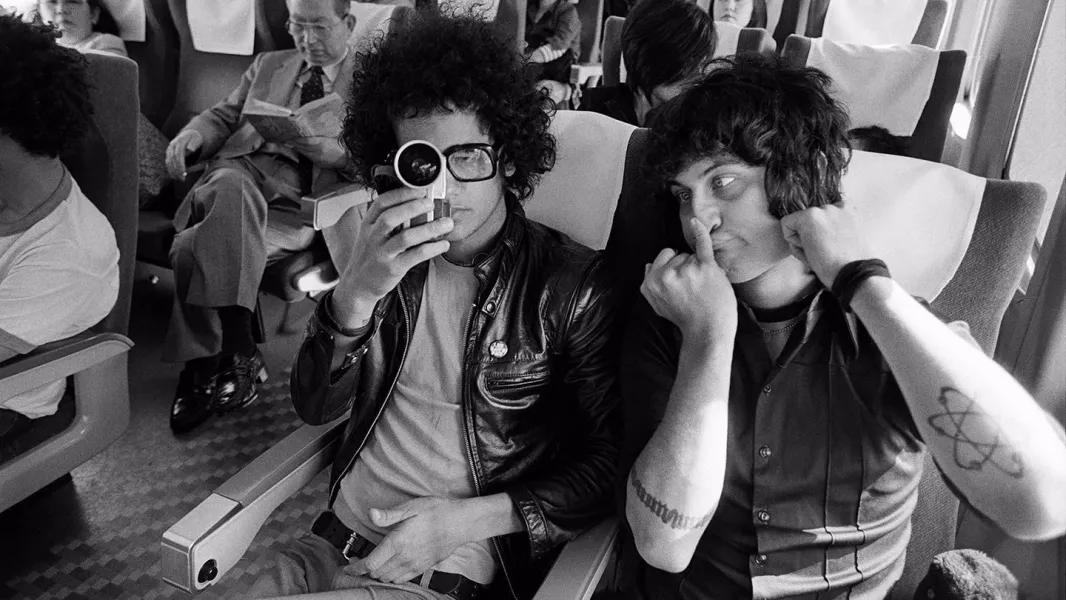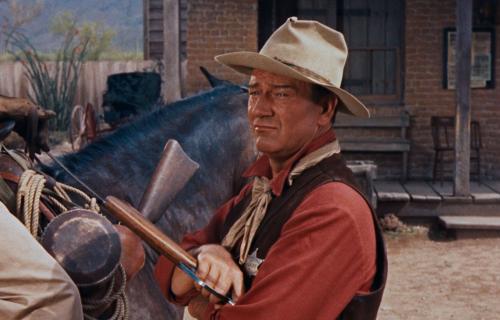
Film
OMAR AND CEDRIC: IF THIS EVER GETS WEIRD
english below
Omar Rodríguez-López en Cedric Bixler-Zavala schreven muziekgeschiedenis met At the Drive-In en The Mars Volta, maar achter hun explosieve sound schuilt een vriendschap die even intens, teder en chaotisch is. Deze documentaire volgt hun parcours van jeugdvrienden tot creatieve zielsverwanten, getekend door roem, verraad en verlies.
Deze intieme documentaire van Nicolas Jack Davies, die gebaseerd is op honderden uren archiefmateriaal die Omar over vier decennia filmde, breekt radicaal met het format van de klassieke muziekdocu: rauw, persoonlijk en onvoorspelbaar, net als zijn hoofdpersonen. Variety noemde het niet voor niets “a film that mirrors the restless spirit of its subjects while breaking all of the rules of traditional documentary filmmaking”.
Wat begint als een tijdscapsule voor fans, groeit uit tot een universeel verhaal over migratie, identiteit, liefde, succes en verlies. Een zeldzaam eerlijk portret van twee outsiders die elkaar verliezen en terugvinden, en de prijs betalen van radicale artistieke vrijheid.
ENG
The film is in English with Dutch subtitles
Omar Rodríguez-López and Cedric Bixler-Zavala made music history with At the Drive-In and The Mars Volta, but behind their explosive sound lies a friendship just as intense, tender, and chaotic. This documentary traces their journey from childhood friends to creative soulmates, shaped by fame, betrayal, and loss.
This intimate film by Nicolas Jack Davies, built on hundreds of hours of archival footage shot by Omar over four decades, breaks radically with the conventions of traditional music documentaries—raw, personal, and unpredictable, just like its subjects. Variety aptly described it as “a film that mirrors the restless spirit of its subjects while breaking all of the rules of traditional documentary filmmaking”.
What begins as a time capsule for fans evolves into a universal story of migration, identity, love, success, and grief. A rare, honest portrait of two outsiders who lose and find each other again—and who pay the price of radical artistic freedom.



